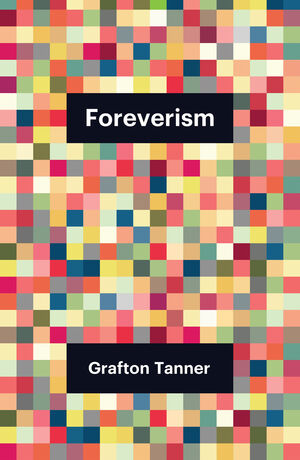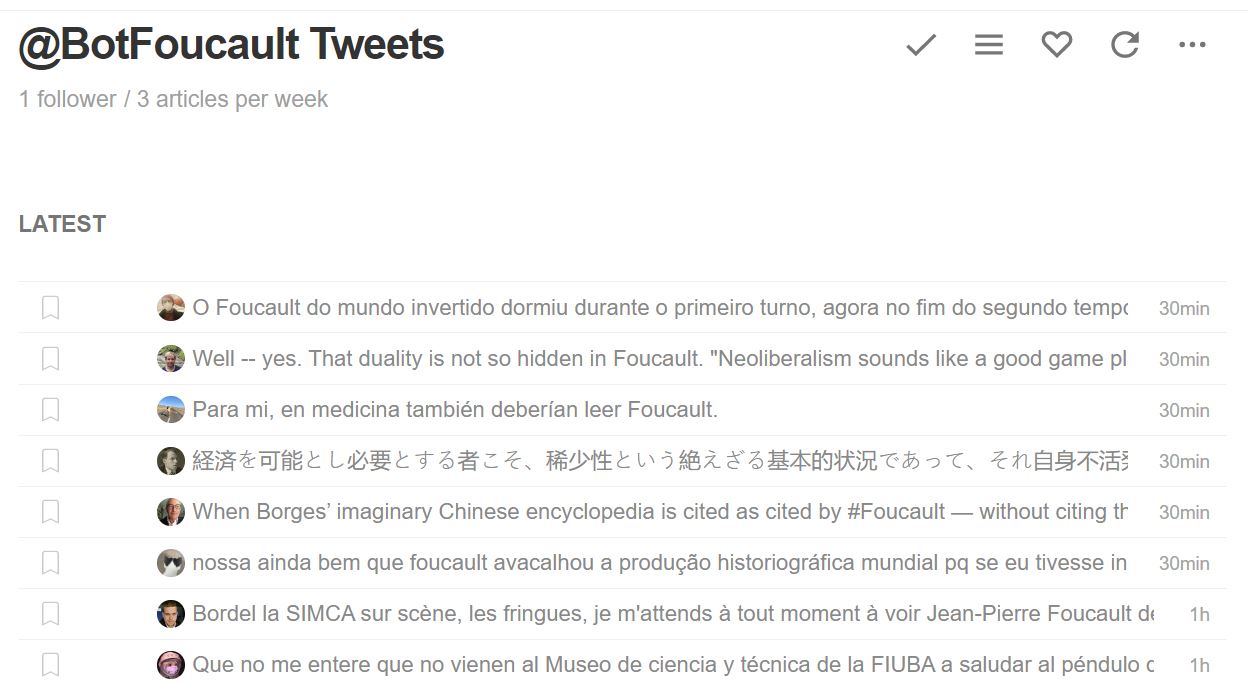I’m endlessly interested by the surprising enthusiasms people engage in and the lengths they will go to pursue them. This book on cactus collectors looks like a fascinating read. I’ve added it to my to read list.
 Jared D. Margulies, The Cactus Hunters. Desire and Extinction in the Illicit Succulent Trade, Minnesota University Press, 2023
Jared D. Margulies, The Cactus Hunters. Desire and Extinction in the Illicit Succulent Trade, Minnesota University Press, 2023
Jared Margulies In Conversation With Samantha Walton. Podcast, 14 November 2023
An exploration of the explosive illegal trade in succulents and the passion that drives it.
Delving into the strange world of succulent collecting, Jared D. Margulies explores the mystery of why ardent lovers of these plants engage in their illicit trade—even at the risk of driving some species to extinction. A heady blend of international intrigue, social theory, botanical lore, and ecological study, The Cactus Hunters offers complex insight into species extinction, conservation, and more-than-human care.
Cacti and succulents are phenomenally popular worldwide among plant enthusiasts, despite being among the world’s most threatened species. The fervor driving the illegal trade in succulents might also be driving some species to extinction. Delving into the strange world of succulent collecting, The Cactus Hunters takes us to the heart of this conundrum: the mystery of how and why ardent lovers of these plants engage in their illicit trade. This is a world of alluring desires, where collectors and conservationists alike are animated by passions that at times exceed the limits of law.
What inspires the desire for a plant? What kind of satisfaction does it promise? The answer, Jared D. Margulies suspects, might be traced through the roots and workings of the illegal succulent trade—an exploration that traverses the fields of botany and criminology, political ecology and human geography, and psychoanalysis. His globe-spanning inquiry leads Margulies from a spectacular series of succulent heists on a small island off the coast of Mexico to California law enforcement agents infiltrating a smuggling ring in South Korea, from scientists racing to discover new and rare species before poachers find them to a notorious Czech “cacto-explorer” who helped turn a landlocked European country into the epicenter of the illegal succulent trade.
A heady blend of international intrigue, social theory, botanical lore, and ecological study, The Cactus Hunters offers complex insight into species extinction, conservation, and more-than-human care.
Jared D. Margulies is assistant professor of political ecology in the Department of Geography at the University of Alabama. His work has been published in leading academic journals across the fields of social, cultural, and political geography; political ecology; the conservation social sciences; and environmental humanities.
With thanks to Progressive Geographies for this reference





